
Companies can get burned online when employees accidentally post personal comments on company accounts or on company websites or accidentally expose customer information. Here's a tip to keep your work social media device free and clear.

Companies can get burned online when employees accidentally post personal comments on company accounts or on company websites or accidentally expose customer information. Here's a tip to keep your work social media device free and clear.

You've picked out a great digital dental radiography unit. You can live with the price. But are you sure everyone's excitement will translate to plenty of use and a decent ROI?

Is taking a look behind the scenes of veterinary practice a useful teaching tool or management bullying?

CVC educator Bash Halow, LVT, CVPM, is afire with excitement about the power of the "push notification" to connect to veterinary hospital clients.

Live streaming on Facebook or your website gives your doctors or technicians valuable face time with current and potential clients to answer general questions in a different way than articles or blogs do.
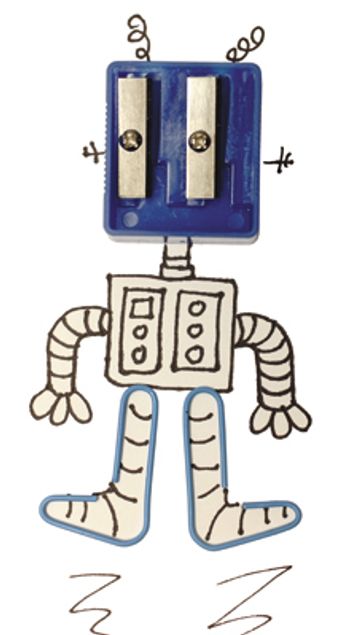
"I've got all day!" said no veterinary professional, ever. So we bring you this collection of time-saving techniques, tips, tools and other treats for better client communication, better patient care and a better bottom line.

How? Focus on your long-term goals and, for goodness' sake, don't go it alone!

Ill go for, "a brilliance of practice managers," especially when it comes to their answers to my questions about whether it's worth the money to hire companies to manage my practice website, my practice social media, my client reminders and my e-newsletters.

Veterinary dentist Dr. Heidi Lobprise cites legal precedent for making the switch to this dental essential.

Two practice management gurus think the answer might be you.

If your veterinary practice's website isn't mobile-friendly, you may be losing clients.
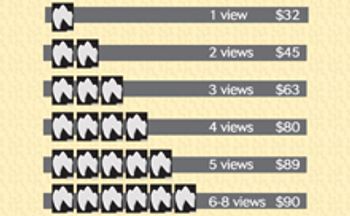
Figure out what you really need and will really use. (And then make sure you do it by putting the right systems in place to support your teams plan.) Heres an overview of your basic equipment options from Dr. Heidi Lobprise.
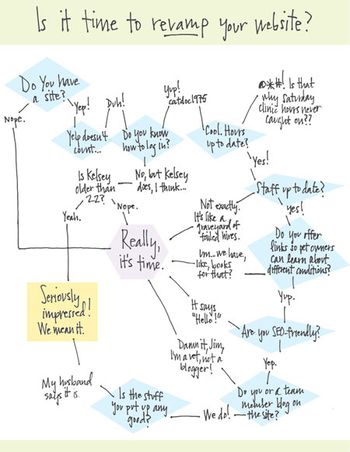
The funnymen of veterinary medicine take issue with your boring, cheesy, uninformative website.
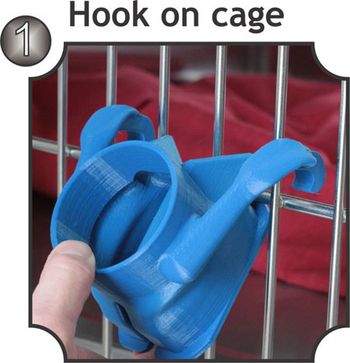
Custom equipment boosts efficiency and serves patients.

Bad data entry is losing you revenue and wrecking patient records in your animal hospital. Here's how to fix it.

This practice texts their clients with reminders and surgery updates.

Before you dive into Veterinary Economics product guide, Tony Pease, DVM, MS, DACVR, says to examine your options.

For today's veterinarians and team members, time is limited. Use these efficiency-boosting changes to steal back some of those precious minutes lost and keep your focus on pet care.
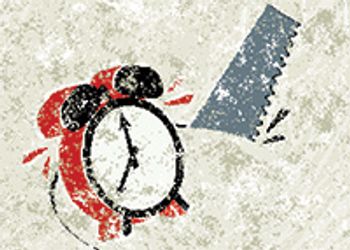
Cell phones, web browsers and text windows: how idle time online could be hurting your veterinary practice.
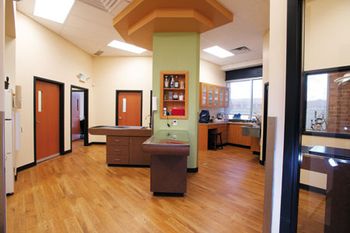
Creating connections with veterinary clients and pets drove the design of this small animal practice.

Dr. Miller explains his skepticism of today's technology.
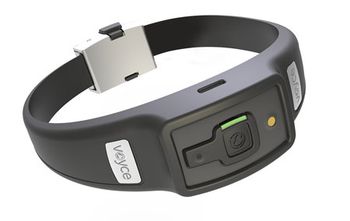
New device monitors key vital signs and other data to track trends in pet wellness.

Check out the 9 things your hospital's mobile app should do.

The University of Missouri?s College of Veterinary Medicine offers online undergraduate vet tech biomed courses that can lead to a certificate in veterinary biomedical technology, bachelor degrees, and graduate programs as well as continuing education credits.Also available online is a masters degree program for veterinarians and veterinary technicians.

Dr. Ward weighs in on current and future veterinary technology for monitoring pet?s health.

Finally ready to take your practice into the 21st century? Here are some easy-to-implement strategies to get your hospital up to speed-and maybe even surpass others.

Utilizing the latest tools looks cool-and increases compliance.
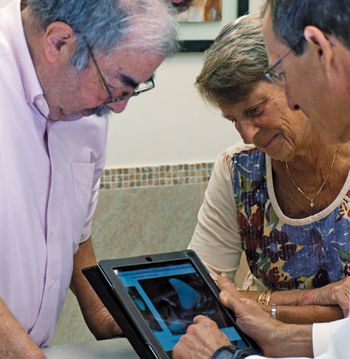
A look to what we'll be talking about in 2013.
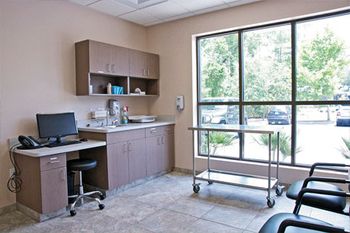
Find out how Drs. Alan Green and David Sachs of Charleston Veterinary Referral Center built a big hospital with little room for confusion in Charleston, S.C.

Work smarter, not harder, with these tips and tricks to kick it up a notch with your veterinary practice management software.